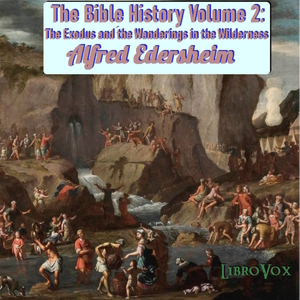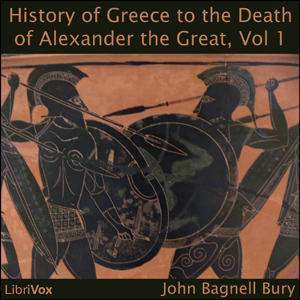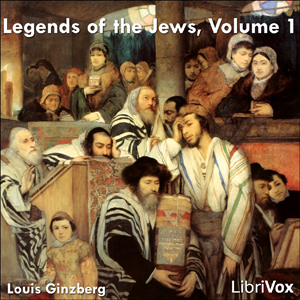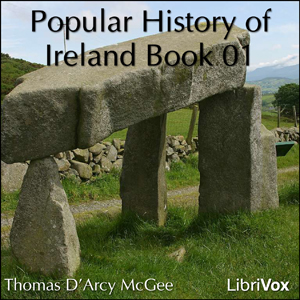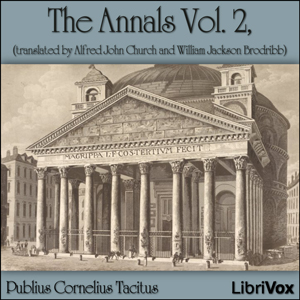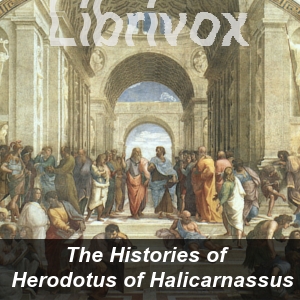Bible History Volume 2: The Exodus and the Wanderings in the Wilderness
(0 User reviews)
169
1875
English
- Egypt and its History during the Stay of the Children of Israel, as Illustrated by the Bible and Ancient Monuments
- The Children of Israel in Egypt — Their Residences, Occupations, Social Arrangements, Constitution, and Religion — "A new King who knew not Joseph"
- The Birth, and the Training of Moses, both in Egypt and in Midian, as Preparatory to his Calling
- The Call of Moses — The Vision of the Burning Bush — The Commission to Pharaoh and to Israel — The Three "Signs," and their Meaning
- Moses Returns into Egypt— The Dismissal of Zipporah — Moses meets Aaron — Their Reception by the Children of Israel — Remarks on the Hardening of Pharaoh's Heart
- Moses and Aaron deliver their Message to Pharaoh — Increased Oppression of Israel — Discouragement of Moses — Aaron shows a Sign— General View and Analysis of each of the Ten "Strokes," or Plagues
- The Passover and its Ordinances — The Children of Israel leave Egypt— Their First Resting-places — The Pillar of Cloud and of Fire — Pursuit of Pharaoh — Passage through the Red Sea— Destruction of Pharaoh and his Host — The Song "on the other Side"
- The Wilderness of Shur — The Sinaitic Peninsula — Its Scenery and Vegetation — Its Capabilities of Supporting A Population — The Wells of Moses — Three Days' March to Marah— Elim— Road to the Wilderness of Sin— Israel's Murmuring— The Miraculous Provision of the Quails — The Manna
- Rephidim— The Defeat of Amalek, and its Meaning — The Visit of Jethro and its Symbolical Import
- Israel at the foot of Mount Sinai — The Preparations for the Covenant — The "Ten Words," and their Meaning
- Civil and Social Ordinances of Israel as the People of God — Their Religious Ordinances in their National Aspect — The "Covenant made by Sacrifice," and the Sacrificial Meal of Acceptance
- The Pattern seen on the Mountain — The Tabernacle, the Priesthood, and the Services in their Arrangement and Typical Meaning — The Sin of the Golden Calf — The Divine Judgment — The Plea of Moses — God's gracious Forgiveness — The Vision of the Glory of the Lord vouchsafed to Moses
- Moses a Second Time on the Mount — On his Return his Face Shineth — The Rearing of the Tabernacle — Its Consecration by the Seen Presence of Jehovah
- Analysis of the Book of Leviticus — The Sin of Nadab and Abihu — Judgment upon the Blasphemer
- Analysis of the Book of Numbers— The Numbering of Israel, and that of the Levites — Arrangement of the Camp, and its Symbolical Import — The March
- The Offerings of the "Princes" — The Setting apart of the Levites — Second Observance of the Passover
- Departure from Sinai — March into the Wilderness of Paran — At Taberah and Kibroth-hattaavah
- Murmuring of Miriam and Aaron — The Spies sent to Canaan— Their "Evil Report" — Rebellion of the People, and Judgment Pronounced upon them — The Defeat of Israel "unto Hormah"
- The Thirty-Eight Years in the Wilderness — The Sabbath-breaker — The Gainsaying of Korah and of his Associates — Murmuring of the People; the Plague, and how it was Stayed — Aaron's Rod Budding, Blossoming, and Bearing Fruit
- The Second Gathering of Israel in Kadesh — The Sin OF Moses and Aaron — Embassy to Edom — Death of Aaron — Retreat of Israel from the borders of Edom — Attack by the Canaanitish King of Arad
- Journey of the Children of Israel in "Compassing" the Land of Edom — The "Fiery Serpents" and the "Brazen Serpent" — Israel enters the land of the Amorites — Victories over Sihon and over Og, the kings of the Amorites and of Bashan — Israel Camps in "the Lowlands of Moab," close by the Jordan
The period covered by the central books of the Pentateuch is, in many respects, the most important in Old Testament history, not only so far as regards Israel, but the Church at all times. Opening with centuries of silence and seeming Divine forgetfulness during the bondage of Egypt, the pride and power of Pharaoh are suddenly broken by a series of miracles, culminating in the deliverance of Israel and the destruction of Egypt's host. In that Paschal night and under the blood-sprinkling, Israel as a nation is born of God, and the redeemed people are then led forth to be consecrated at the Mount by ordinances, laws, and judgments. Finally, we are shown the manner in which Jehovah deals with His people, both in judgment and in mercy, till at the last He safely brings them to the promised inheritance. In all this we see not only the history of the ancient people of God, but also a grand type of the redemption and the sanctification of the Church.
It has been my aim, by the aid of kindred studies, to shed additional light upon the narrative, so as to render it vivid and pictorial, enabling readers to realise for themselves the circumstances under which an event took place. Thus, I have in the first two chapters sought to read the history of Israel in Egypt by the light of its monuments, and also to portray the political, social, and religious state of the people prior to the Exodus. Similarly, when following the wanderings of Israel up to the eastern bank of the Jordan, I have availed myself of the best recent geographical investigations, that so the reader might, as it were, see before him the route followed by Israel, the scenery, and all other accessories. - Summary by Preface
It has been my aim, by the aid of kindred studies, to shed additional light upon the narrative, so as to render it vivid and pictorial, enabling readers to realise for themselves the circumstances under which an event took place. Thus, I have in the first two chapters sought to read the history of Israel in Egypt by the light of its monuments, and also to portray the political, social, and religious state of the people prior to the Exodus. Similarly, when following the wanderings of Israel up to the eastern bank of the Jordan, I have availed myself of the best recent geographical investigations, that so the reader might, as it were, see before him the route followed by Israel, the scenery, and all other accessories. - Summary by Preface
There are no reviews for this eBook.
There are no comments for this eBook.
You must log in to post a comment.
Log in

